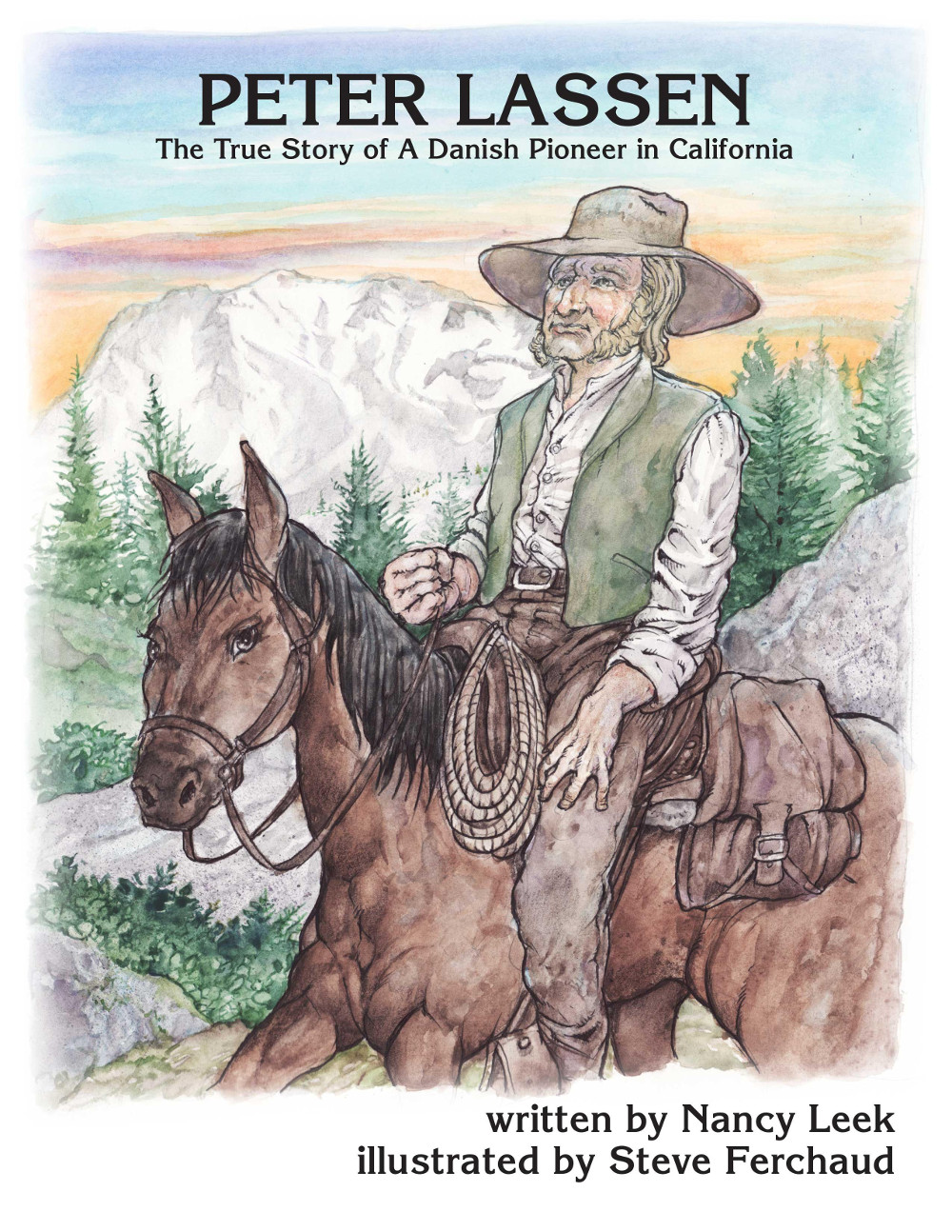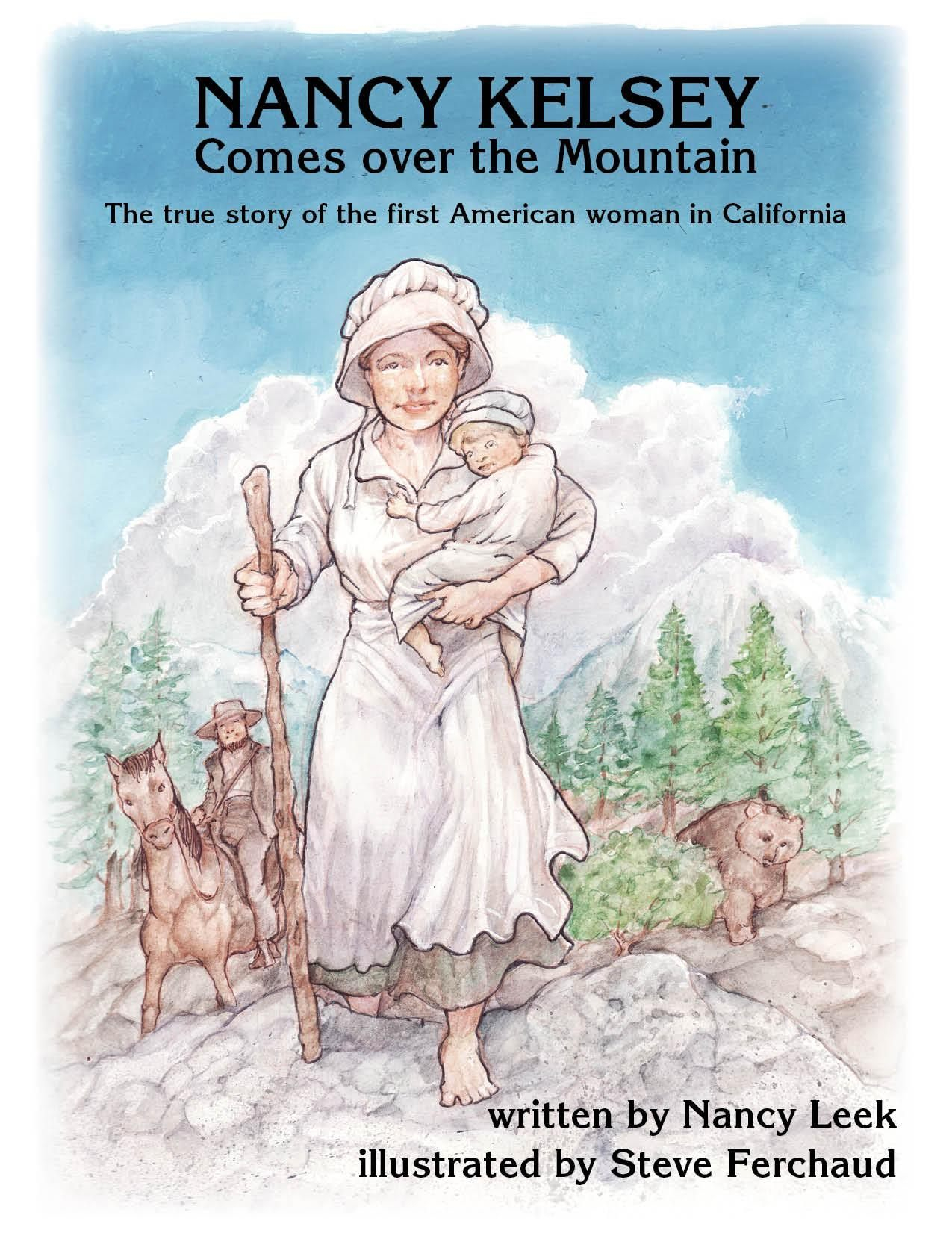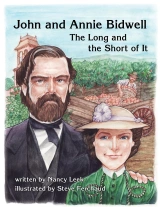Monday, 30th. Nothing of importance occurred.
Since the company is staying put at the spring, while Bartleson and Hopper scout ahead for Mary’s River, there is not much to report. However, there are some things we can say about our company’s predicament.
A barren, salt-crusted desert extending for some 500 miles was not what they were expecting when they set out from Missouri. Not that they had any knowledge about this unexplored region, but they had been led to believe that there might be large rivers that would carry them from the Rocky Mountains to the Pacific. Many years later, in Echoes of the Past, Bidwell wrote:
Our ignorance of the route was complete. We knew that California lay west, and that was the extent of our knowledge. Some of the maps consulted, supposed of course to be correct, showed a lake in the vicinity of where Salt Lake now is; it was represented as a long lake, three or four hundred miles in extent, narrow and with two outlets, both running into the Pacific Ocean, either apparently larger than the Mississippi River.
Probably this is the map he saw–

This map of North America by Henry Schenck Tanner was first issued in 1822 and reissued with slight revisions (but no changes to the western region) in later years. John Bidwell had seen this map or one like it in Missouri in the winter of 1840-41. It was published in Tanner’s New American Atlas and widely distributed and praised during the 1820s and ’30s. To see the entire map, you can go to the Oregon Encyclopedia. Click on the map image to enlarge.
A close examination of the map shows how little anyone knew about the topography of western America. Look at those rivers! Two large rivers leaving giant Lake Timpanogos and flowing unimpeded to the Pacific Ocean. Another river, the San Buenaventura, flowing from Salt Lake. No wonder some folks told them to take tools for building boats.
You can see from the map that the distance from the Rockies to the Pacific is underestimated, and the Sierra Nevada range is not shown at all. The distance north to south, from the Columbia River to San Francisco Bay (labeled Port Sir Francis Drake) is also much less than it actually is. And even though a number of the Spanish missions are indicated on the map, the coastline of California is all wrong.
At what point did the Bidwell-Bartleson Party realize that there would be no boat ride to California? Did Thomas Fitzpatrick know enough of the region to tell them, or did they have to figure it out for themselves? When some of the men went to Fort Hall looking for a guide, were their expectations of a mighty river laughed at?
In Echoes of the Past Bidwell writes about the information acquired at Fort Hall:
They brought the information that we must strike out west of Salt Lake — as is was even then called by trappers — being careful not to go too far south, lest we should get into waterless country without grass. They also said we must be careful not to go too far north, lest we should get into a broken country and steep canyons, and wander about, as trapping parties had been known to do, and become bewildered and perish.
How encouraging!





